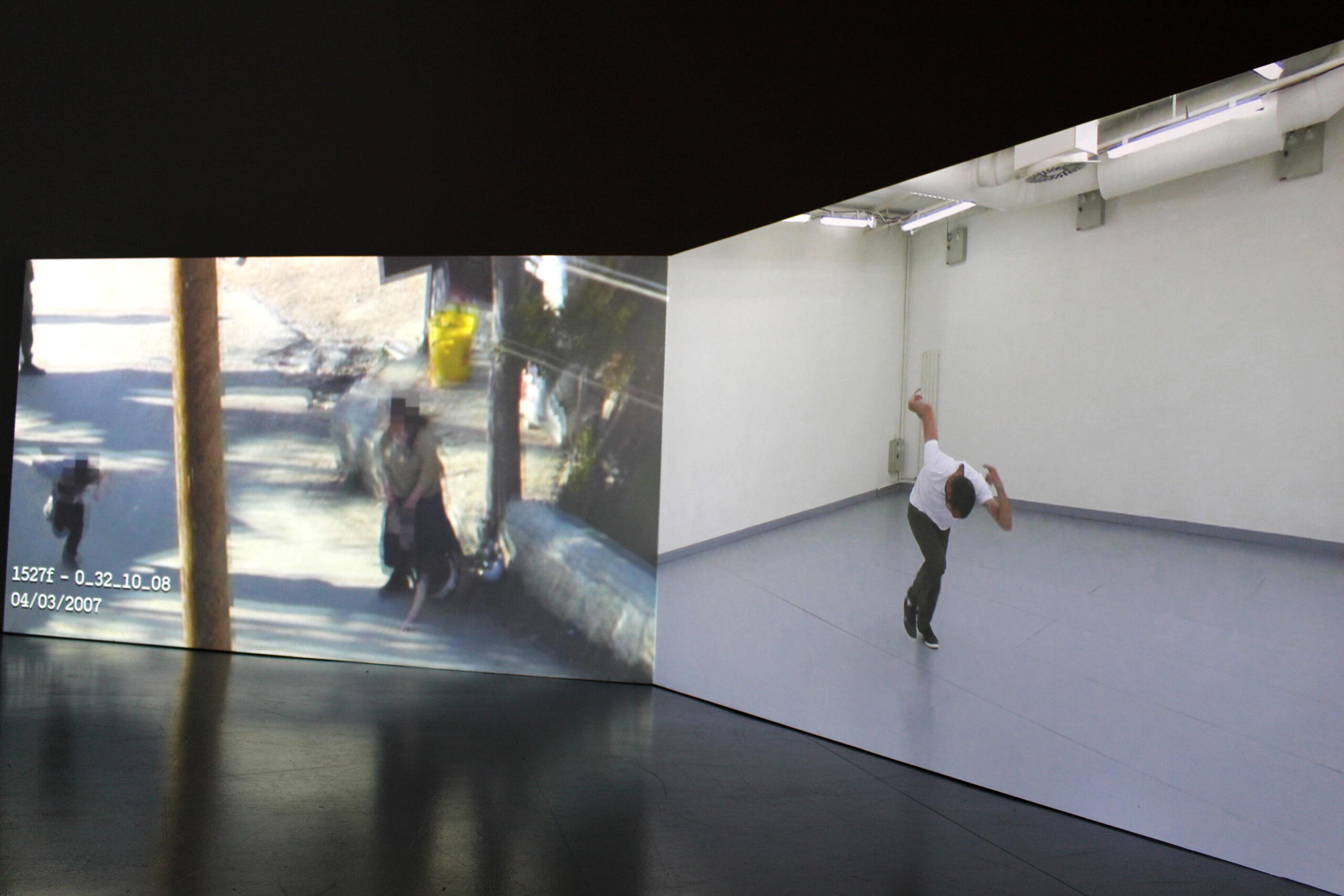Occupy Museums
We occupy museums to reclaim space for meaningful culture by and for the 99%. Art and culture are the soul of the commons. Art is not a luxury.On
September 17th, 2011, we occupied Wall Street because the wealthiest 1%
who control banks and big corporations broke trust with the American
people. Motivated by a quest for power they robbed the
national treasury, bought off our democracy, and made a mockery of the
justice system. They left us little choice but to step out in the
streets, find each other, and begin to imagine and building a new
system.
We
saw a direct connection between the corruption of high finance and the
corruption of “high culture.” For example, MoMA shares board members
with Sotheby’s auction house, where the value of art is synonymous with
speculation. in 2012, Sotheby’s auction house locked out their unionized
art handlers, refusing to pay them health care during a year of record
profits. As art workers, we stand in solidarity with this struggle. Our
labor will be truly valued only when we kick the addiction to obscene
wealth that characterizes the American and international art world
today.
So
we began to occupy museums in New York City. We danced and chanted at
their doors, and held open assemblies on museum steps to free up a space
of dialogue and fearlessness for the 99%. More and more people joined
us. Museums must be held accountable to the public. They help create our
historical narratives and common symbols. They wield enormous power
within our culture and over the entire art market. We occupy museums
because museums have failed us. Like our government, which no longer
represents the people, museums have sold out to the highest bidder.
This
struggle will not be easy. We are beginning to unmask a cultural system
of inequality and exploitation which has ancient roots. But we will not
wait for future generations to take up this struggle. We are working
together to replace the exchange of capital with a creative exchange for
and by the 99%. As we seek horizontal spaces for dialogue and
collaboration, we begin to fill the hollowness of the capitalist art
market with the warmth of meaning and the conviction that art is a
necessity, not a luxury.

